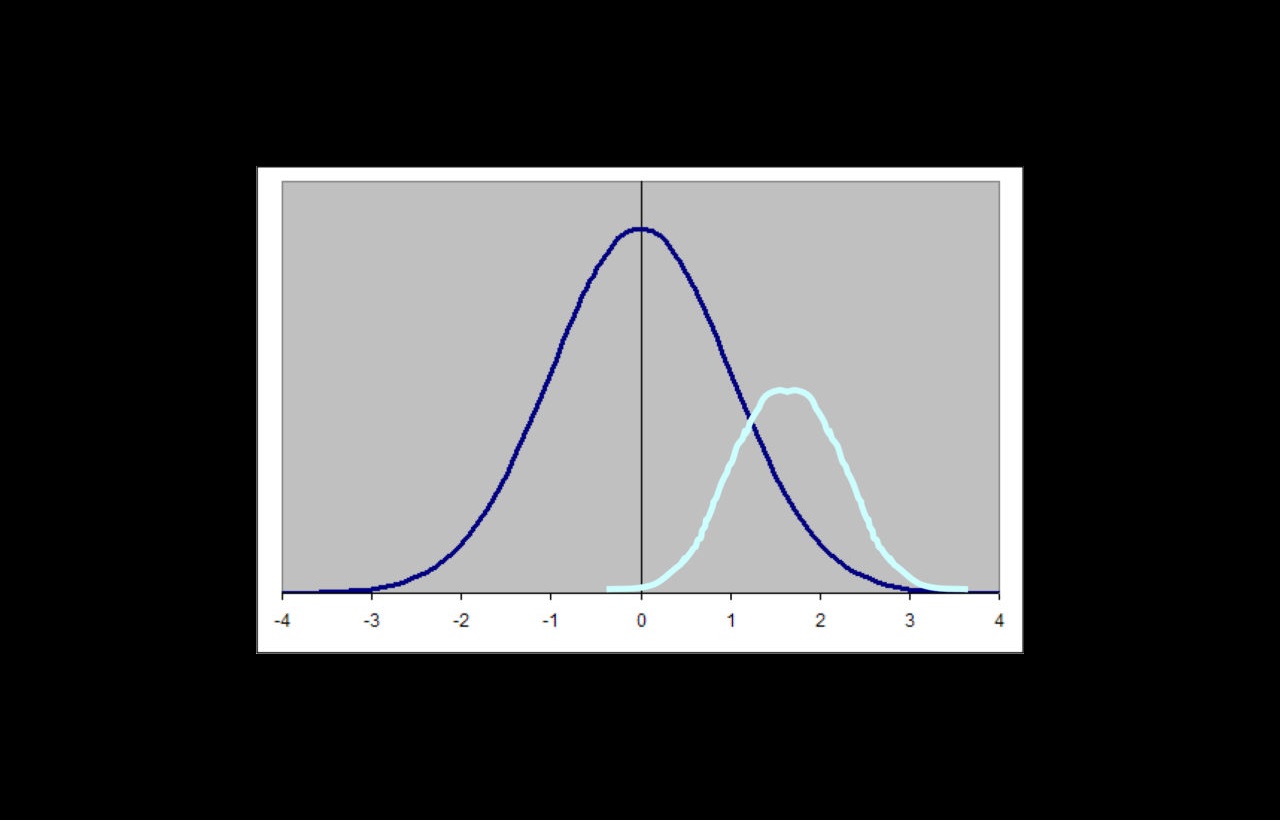
The COVID-19 pandemic continues to strain—and in some instances break—our political, economic and healthcare institutions’ capacities to effectively deal with a crisis. Unfortunately, I do not have anything substantive to add to this audience’s knowledge about COVID-19. Even if I did, it might be woefully out of date or outright wrong by the time you read it, as the situation is evolving rapidly.
Instead, I will look back at how the Journal of Healthcare Management addressed this topic. A little over 13 years ago, in the March/April 2007 issue, Nancy A. Thompson, PhD, LFACHE, and Christopher D. Van Gorder, FACHE, described “a new paradigm for disaster planning” and the role of healthcare executives in preparing us for a pandemic. So, what did they suggest? And what has changed in the intervening period?
On balance, the authors were quite prescient. They shared a chart (Figure 1) to describe how delaying the spread of a flu-like virus (H5N1, or “bird flu,” was the issue then) would give the healthcare system time to prepare for it and the pharmaceutical industry time to develop vaccines. This chart presages the Centers for Disease Control and Prevention’s “flattening the curve” chart that has been widely disseminated to explain the need to engage in social isolation measures such as closing schools and business. In particular, the authors focused on the challenges related to the dissemination of accurate information.
Although Thompson and Van Gorder accurately predicted the need for reliable information, the environment has changed dramatically in the intervening years. The authors called on healthcare leaders to be a primary source of reliable information and to be proactive in reaching out to the media to ensure the epidemic rose to a sufficiently high level of concern in the public consciousness. Two words explain how all that changed: social media. Now the challenge for healthcare executives is breaking through the “infodemic” of news—some of which is accurate, some of which is dated and much of which is flat-out wrong. My observation is that hospitals and health systems have, by and large, not been the sources most people in the community turn to for actionable information. We in healthcare should work on that going forward.
Regarding the use of personal safety precautions and personal protective equipment, the authors correctly noted in 2007 that education of the public on these topics would likely be delayed and lead to illnesses and deaths that could have been avoided. What the authors did not fully anticipate was the lack of readiness within the healthcare system that we are experiencing today. The availability (or rather the absence) of ventilators, N95 respirator masks and test kits has gained widespread news coverage; however, the long-term care facilities that serve the most vulnerable populations and in which the first major U.S. round of fatalities occurred has received comparatively little attention.
Overall, the piece by Thompson and Van Gorder deserves reconsideration in our current situation. It is worth reading in its entirety in JHM’s online archive. Regarding coverage of the topic of pandemic preparation in the intervening years, JHM probably should have done more, and it is far from alone in that respect. With that said, there likely will be no shortage of manuscripts submitted for consideration that dissect and analyze how the healthcare sector has performed in the face of a pandemic.
Alas, these are trying times, and there are too many things to consider. Certainly, we look forward to providing information that can help healthcare leaders prepare for whatever comes next.
For more ACHE resources on COVID-19, visit ache.org/COVID. You may also wish to view our webinar recording of Chris Van Gorder, FACHE, president and CEO of Scripps Health, share insights into how his organization is addressing this unprecedented crisis and best practices that can be applied in your own organization.
This blog post is excerpted from the editorial by Eric W. Ford, PhD, for the May/June 2020 issue of the Journal of Healthcare Management. ACHE members have access to current and past issues of JHM, celebrating its 65th year of publication, via ache.org/Journals when they are signed in with their ACHE user name and password. Not a member? Join today.


